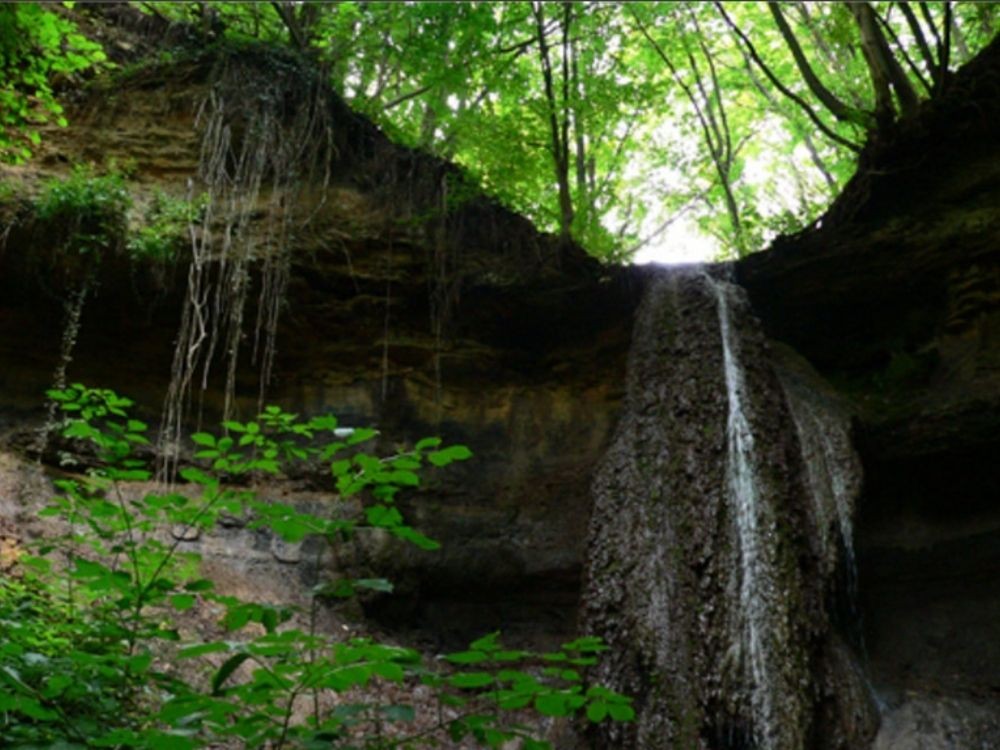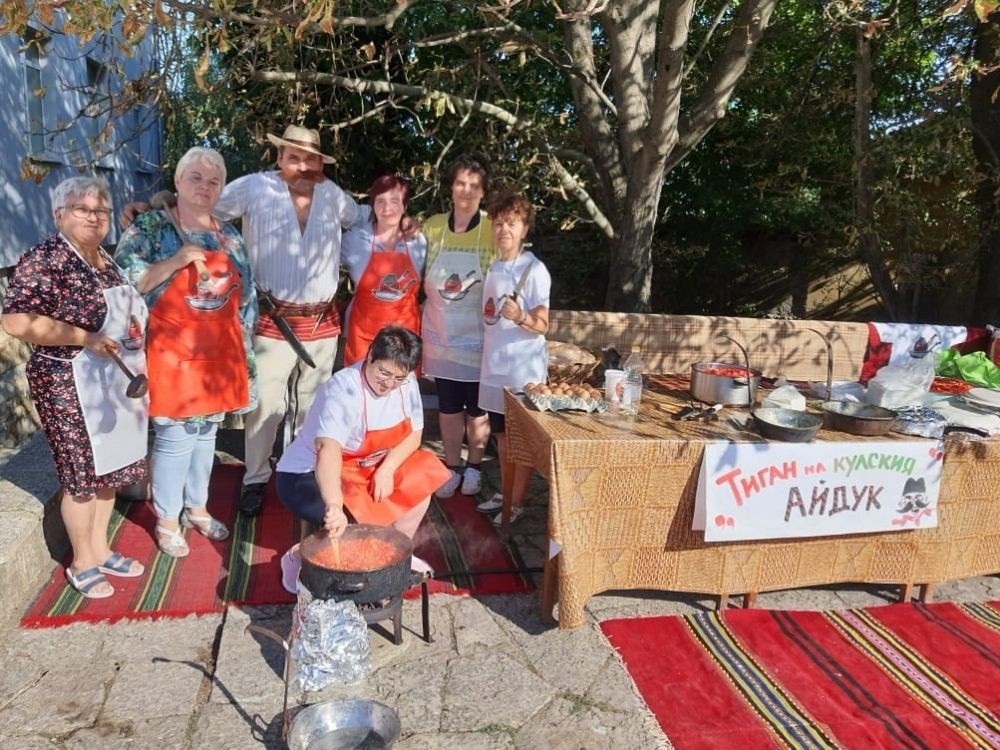Located near the Vraska Chuka border crossing, Kula is the northwesternmost Bulgarian town. Everyone who passes through Kula takes a break in the central part to see the most popular site of the town – the old fortress tower which gave the name of the town. It was once part of the Ancient Roman fortress Castra Martis (meaning Mar’s fortress in Latin).
Built during the 3rd-5th century AD, the fort guarded the major Roman road connecting Bononia (today’s Vidin) and Singidunum (today’s capital of Serbia Belgrade). Archaeological excavations have revealed that the construction of the fortress was preceded by the existence of a small ancient Thracian settlement dating back to the 1st millennium BC. At the end of the 4th century AD the Goths caused serious damage to the fort. Later, the Avars almost completely destroyed the ancient fortress.

The sixteen-meter tall fortress tower is the sole survivor of the Ancient Roman Fortress Castra Martis
“It is part of a quadriburgium consisting of four towers. They were very tall – 18 to 20 meters, or even higher – Tsvetelin Todorov from the Municipality of Kula said. -–Part of the tower survived the destruction of the ancient fortress. It has never been renovated or repaired. The historical museum is located in close proximity to the tower. Artefacts found during archaeological excavations in the region are displayed in the museum.”
Various tools are presented at the museum collection: agricultural, cattle-breeding, stone-processing, etc, used in the ancillary farm of the military unit, located in the fortress.
The local authorities have the ambition to develop tourism. They have been working under projects for cross-border cooperation with Romania and Serbia. “There are 9 villages on the territory of the municipality. In the past, some of them were part of Serbia. We also have a Vlach community. That is why our lifestyle and folklore are very specific”, Tsvetelin explains.

In 2016, the so-called Ethnographic House was unveiled in the town center. It presents the rich cultural heritage of the region via more than 1,000 objects, donated by the local residents. A hand mill dating back to the end of the 17th century is the oldest item in the museum collection.
The residents of Kula take pride in their local cuisine and in particular- in the so called “Kulsko Myashano”.

The residents of Kula have dedicated an entire festival to this aromatic mixture of herbs and spices. Each year on Midsummer’s Day (known as Enyovden), the colorful food and folklore festival attracts guests from Bulgaria and Serbia.

“Kulsko Myashano contains specific ingredients such as salt, savory, black pepper, paprika, thyme and other herb mixtures. It gives unique taste to the homemade pita bread. The so-called “Kulsko Parzheno” is another culinary specialty in our region. It is a kind of a stir-fry containing eggs, peppers, nettle and home-grown vegetables”, Tsvetelin Todorov notes.
There is also an art gallery in Kula
It is housed in the native home of the renowned Bulgarian artist and former Rector of the National Academy of Art-Sofia, Professor Alexander Poplilov. “Each year we organize a plein air painting with the participation of students who paint our houses and local tradition. The best paintings become part of the gallery’s collection”, Tsvetelin Todorov further said.
Besides, the town of Kula is located near the remarkable natural phenomenon Belogradchik Rocks which attracts a number of tourists. It is also in close proximity to the town of Vidin, which abounds with cultural and historical landmarks.
English version: Kostadin Atanasov
Photos: bulgariatravel.org and Kula MunicipalityChairski lakes are a protected area in the Western Rhodopes, known for their naturally formed landslide lakes. They are covered in a thick carpet of peat, surrounded by green meadows and centuries-old spruce forests. The lakes are located 19..
The trips of Bulgarian citizens abroad in August 2024 were 903,400, or 8.3% more in comparison to August 2023, the National Statistical Institute has reported. Trips for the purpose of rest and excursion increased in August by..
Since the beginning of the year, 10.7 million foreigners have visited Bulgaria, Rumen Draganov, director of the Institute for Analyses and Evaluations in Tourism, told BNR. This represents a 5% increase over last year. According to Rumen..
The old button lift in the village of Govedartsi , Samokov Municipality, which takes tourists to the peak of Malyovitsa in the Rila Mountains, is to be..

+359 2 9336 661
